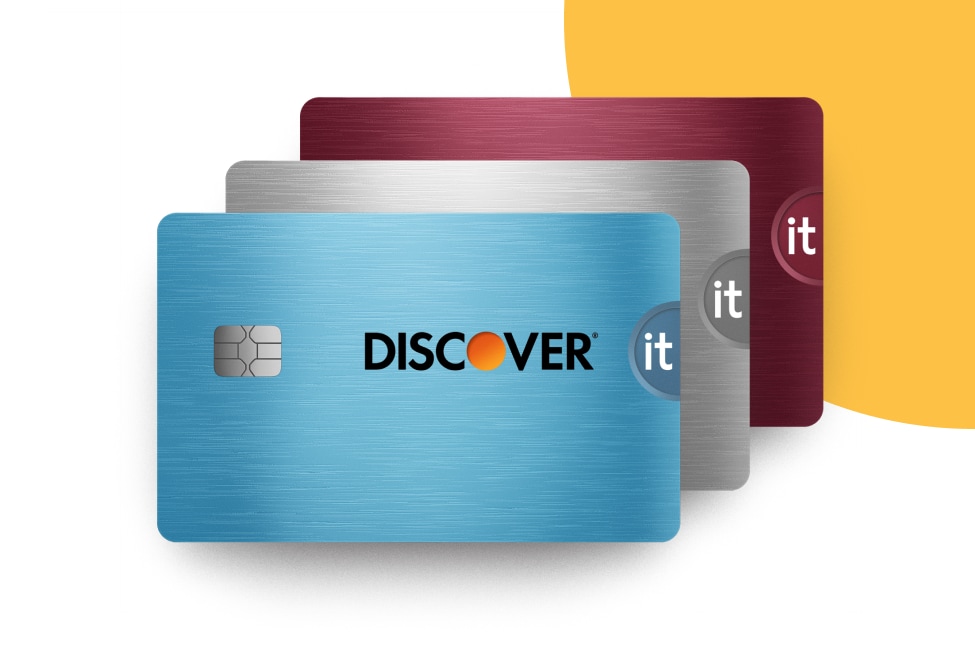
Your credit card balance is a figure worth understanding. Put plainly, your credit card balance is the amount you owe your credit card issuer at the time you check it.
Getting a credit card
What is a Credit Card Balance? contents
Next steps
See rates, rewards and other info
You may also be interested in
Was this article helpful?
Was this article helpful?

